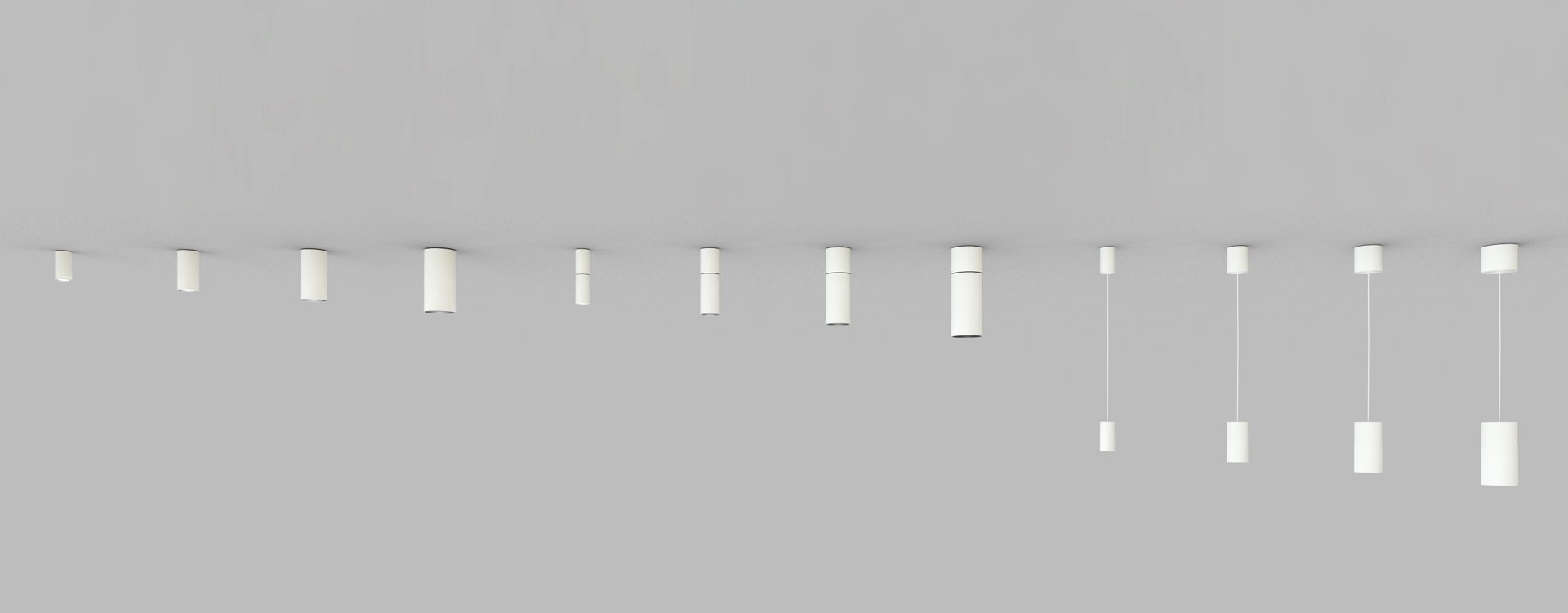
Our new Heilis surface & pendant downlight range, a remarkable fusion of innovation, sustainability, and flexibility.
We want it back!
Lumiadd is offering a buy back scheme on all our products to support the return of LumiAdd luminaires at the end of their first use.
This is to ensure they can be re-used again. The buyback scheme is facilitated by QR code labeling on our products, which are designed for easy disassembly and repair. This exemplifies the circular economy in action by fostering a closed-loop system of resource use and reuse. Here's how it works:
Product Design for Durability and Repairability: The product is intentionally designed to be easily disassembled and repaired, using modular components and standardised interfaces. This design philosophy ensures that the product has a longer lifespan and can be easily maintained or upgraded, reducing the need for frequent replacements.
QR Code Labeling for Traceability: Each product is labeled with a unique QR code that serves as a digital identifier. This QR code links to information about the product and also the details of the buy back scheme.
Buyback Scheme Implementation: At the end of its initial use cycle, customers have the option to return the product through the buyback scheme. They scan the QR code to initiate the process and receive information on how to return the product.
Product Evaluation and Refurbishment: Upon return, the product undergoes evaluation to assess its condition. If suitable for refurbishment, it is repaired, cleaned, and refurbished to extend its life. This process may involve replacing worn-out parts with new ones or upgrading components to enhance performance.
Resale or Redistribution: Refurbished products are then reintroduced into the market for resale or redistributed to new customers. By giving these products a second life, the buyback scheme reduces the demand for new products and minimises waste generation.
Material Recovery and Recycling: If the product is beyond repair or refurbishment, it undergoes disassembly for material recovery. Components and materials are sorted, recycled, or repurposed, closing the loop on resource utilisation and minimizing the environmental impact of disposal.
In summary, our buyback scheme facilitated by QR code labeling embodies the principles of the circular economy by prioritising resource efficiency, longevity, and reuse. It encourages a shift from the traditional linear "take-make-dispose" model to a more sustainable and regenerative approach, where products are valued for their longevity and materials are kept in circulation for as long as possible.
Circularity in practice
3D Printed PLA Parts - If parts are received back in full working order with no aesthetic or mechanical defects, they will be re-purposed to create re-manufactured luminaires. If however, a single part of a returned luminaire is damaged, we can repair the luminaire by printing a new replacement part and preventing unnecessary waste. At the end of life of a part, we will grind down the component for re-extruding into new filament material to print new parts.
Extruded Aluminium Heatsink - No loss of performance over life time and can be re-used in re-manufactured products. Heatsink is also future proofed due to LED wattages reducing over time and use of Zhaga standard mounting points.
LED Driver - Utilising DALI 2 technology, we can assess and grade the LED drivers from returned luminaires based on their running hours. Drivers that have operated within a pre defined “burn” time will be re-purposed in re-manufactured
LED - Utilising DALI 2 technology, we can assess and grade the LED’s from returned luminaires based on their running hours. LED’s within a pre defined “burn” time will be used again in re-manufactured luminaires.
LED Holder - Will be assessed and graded upon receiving returned luminaire. If electrical terminals and insulating material are functioning, the holder will be re-purposed.
Optic - Will be assessed and graded upon receiving returned luminaire. If optics are not damaged, they will be re-used in a new luminaire. However, if the optics are damaged, they can be fully recycled due to the properties of the material, PMMA.







